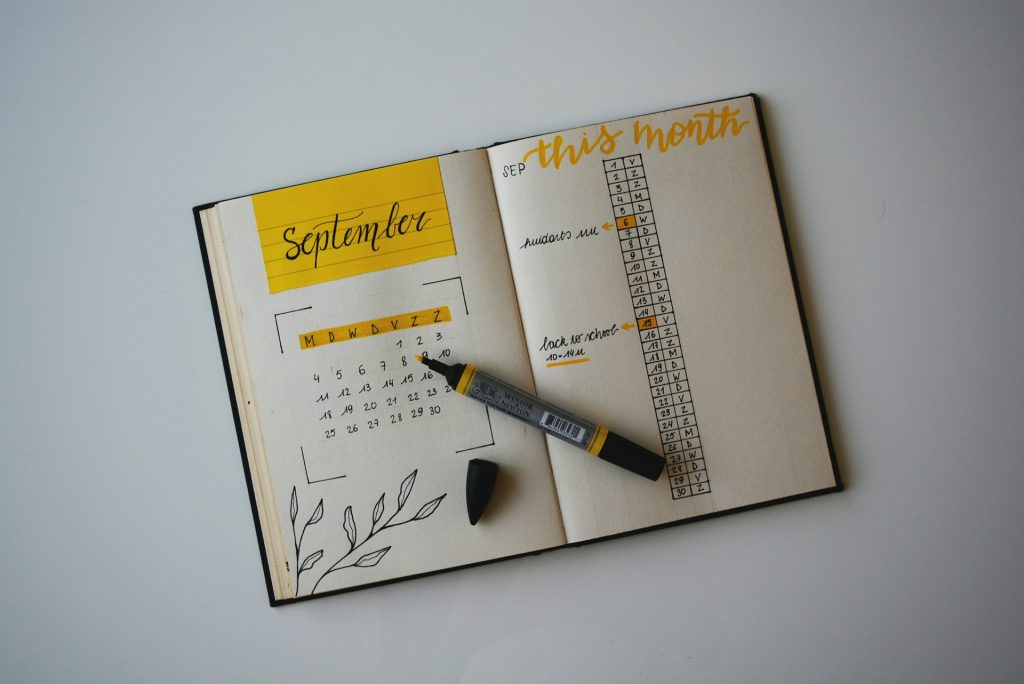
Living paycheck to paycheck can feel like running on a treadmill — you’re working hard, but you’re not getting ahead.
Every dollar that comes in is already spoken for, and the idea of budgeting may seem pointless when there’s so little wiggle room.
But here’s the truth: budgeting is exactly what helps you break the cycle. When you give your money direction — even a small one — you start building momentum.
This guide will show you how to start budgeting even if you feel broke, how to prioritize your spending, and how to make room for savings, even in tight times.
Contents
- 1 🧠 Why Budgeting Feels Impossible (But Isn’t)
- 2 📋 Step 1: Track Every Dollar for One Month
- 3 🧮 Step 2: Use Zero-Based Budgeting
- 4 ✂️ Step 3: Ruthlessly Cut or Reduce Where Possible
- 5 💡 Step 4: Build a Mini Emergency Fund
- 6 📆 Step 5: Align Bills With Paychecks
- 7 🔁 Step 6: Review Weekly and Adjust Monthly
- 8 🏁 Final Word: Budgeting Is Your Way Out — Not a Burden
- 9 📎 Click here to download How to Budget When You’re Living Paycheck to Paycheck (PDF)
🧠 Why Budgeting Feels Impossible (But Isn’t)
When every dollar is already gone by the end of the month, budgeting can feel pointless.
But in reality, budgeting gives structure to that limited income. It shows you:
-
Where your money is actually going
-
What’s essential vs optional
-
How to get through the month without overdrafting
Budgeting doesn’t require extra money — it requires planning the money you already have.
📋 Step 1: Track Every Dollar for One Month
Before you create a budget, track your spending for 30 days:
-
Every bill
-
Every grocery trip
-
Every coffee or takeout order
Use a notebook, spreadsheet, or free app like Mint or EveryDollar.
You’ll likely uncover spending leaks — small expenses adding up — and get clarity on your real income vs outgo.
Awareness is the first step to change.
🧮 Step 2: Use Zero-Based Budgeting
Zero-based budgeting means assigning every dollar a job — income minus expenses equals zero.
If you earn $2,200/month, your budget should account for exactly $2,200, even if some goes to savings or debt.
This system forces you to prioritize:
-
Rent or mortgage
-
Food and utilities
-
Transportation
-
Minimum debt payments
-
Small savings (yes, even $10 counts!)
Every dollar has a purpose — nothing is left to chance.
✂️ Step 3: Ruthlessly Cut or Reduce Where Possible
After covering necessities, you may find there’s little left.
Now comes the hard part: trimming or eliminating non-essentials.
Cut or downgrade:
-
Subscriptions
-
Dining out
-
Name brands
-
Convenience spending
These changes can feel small but create major breathing room.
Example: Cutting a $12 subscription and reducing takeout from $60 to $30/month = $42 extra for groceries or savings.
💡 Step 4: Build a Mini Emergency Fund
Start with just $100–$500. This tiny cushion helps prevent future panic:
-
Car repair? Use the fund.
-
Prescription refill? Covered.
Ways to build it:
-
Round up purchases and save the difference
-
Use cashback apps or rebate platforms
-
Sell unused clothes, gadgets, or furniture
-
Transfer “found” money like refunds or birthday gifts directly into savings
This isn’t about building wealth overnight — it’s about building margin to stop the financial spiral.
📆 Step 5: Align Bills With Paychecks
If you get paid twice a month, structure your budget by pay period:
-
First paycheck covers: rent, groceries, utilities
-
Second paycheck covers: phone, insurance, gas, debt
This reduces stress and makes money management more predictable.
Pro tip: Contact your service providers and request due date changes to better align with your pay schedule.
🔁 Step 6: Review Weekly and Adjust Monthly
Budgeting isn’t one and done. Life changes — your plan should too.
Each week:
-
Review what you spent
-
Check your bank balance
-
Look at what’s left in each category
Each month:
-
Update your budget
-
Celebrate progress
-
Adjust goals based on what worked or didn’t
Even a 10-minute money date once a week can prevent surprises and support better decisions.
🏁 Final Word: Budgeting Is Your Way Out — Not a Burden
Living paycheck to paycheck is hard — but budgeting gives you back control.
It doesn’t require more money. Just more awareness.
With time, tracking, and a few smart shifts, you can:
-
Stop overdrafting
-
Build your first savings
-
Pay down debt
-
Reduce stress
Start where you are. Budget what you have. Your future self will thank you.
📎 Click here to download How to Budget When You’re Living Paycheck to Paycheck (PDF)
📥 Click here to download How to Budget When You’re Living Paycheck to Paycheck (PDF)